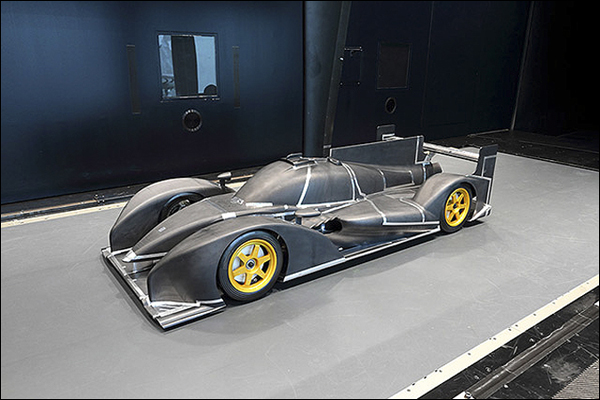When it comes to designing a car, one crucial factor that can make a significant difference in its performance is aerodynamics. Aerodynamics is the study of how air interacts with objects in motion, and it plays a vital role in the design of automobiles. In this article, we will delve deeper into the importance of aerodynamics in auto design.
What is Aerodynamics?

Aerodynamics is the science of how air flows around objects in motion. It is a crucial factor in the design of aircraft, cars, and other vehicles. The study of aerodynamics involves the analysis of air pressure, airflow, and the forces that act on objects as they move through the air.
How Aerodynamics Affect Auto Design?
The aerodynamics of a car can significantly impact its performance, efficiency, and handling. A car with good aerodynamics will experience less air resistance and is likely to be more fuel-efficient than one with poor aerodynamics. Additionally, good aerodynamics can also improve a car’s handling and stability at high speeds.
Here are a few ways in which aerodynamics affect auto design:
- Reduced Drag: A car with good aerodynamics will experience less air resistance, resulting in reduced drag. This, in turn, can help improve fuel efficiency and increase the car’s top speed.
- Better Handling: A car with good aerodynamics will be more stable at high speeds, resulting in better handling. This can help improve the car’s safety and overall performance.
- Improved Cooling: Good aerodynamics can also help improve the car’s cooling system by allowing air to flow more efficiently through the engine compartment.
- Reduced Noise: A car with good aerodynamics is likely to produce less noise due to reduced wind resistance.
Examples of Cars with Good Aerodynamics
Several car manufacturers have embraced aerodynamics in their designs, resulting in cars that are not only stylish but also efficient and high-performing. Here are a few examples of cars with good aerodynamics:
- Tesla Model S: The Tesla Model S has a drag coefficient of just 0.23, making it one of the most aerodynamic cars on the market.
- Toyota Prius: The Toyota Prius is known for its excellent fuel efficiency, thanks in part to its aerodynamic design.
- Audi A4: The Audi A4 has a drag coefficient of just 0.23, making it one of the most aerodynamic sedans available.
Conclusion
Aerodynamics plays a crucial role in the design of automobiles, impacting their performance, efficiency, and handling. By understanding how aerodynamics affects auto design, car manufacturers can create vehicles that are not only stylish but also efficient and high-performing.
So the next time you’re in the market for a new car, consider the car’s aerodynamics, as it can make a significant difference in its performance and efficiency.




